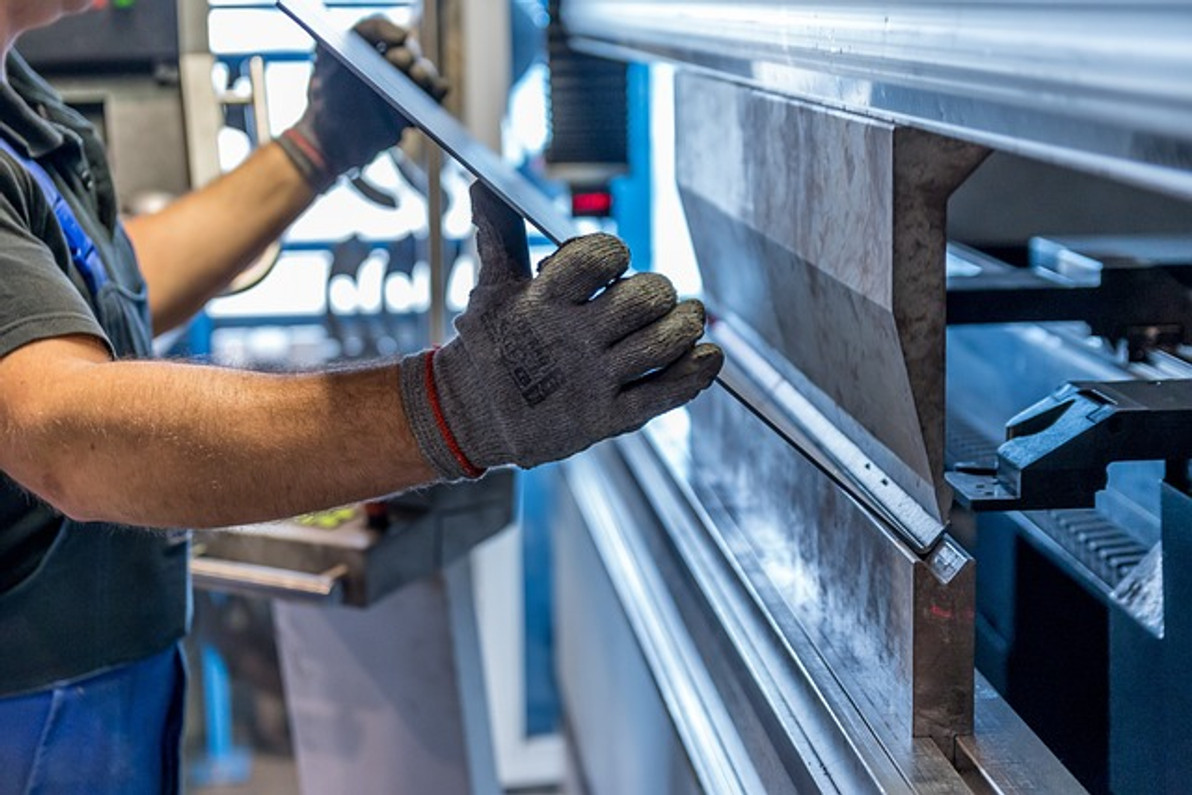Lockout/Tagout: 5 Things You Need to Know
You can't ignore lockout/tagout when performing maintenance or repairs on machinery. The Occupational Safety and Health Administration (OSHA) has standards in place to protect workers from injury, one of which is lockout/tagout. Below are five things you need to know about lockout/tagout and how it works.
#1) Protects Against Accidental Startup and Stored Energy
Lockout/tagout is designed specifically to protect against accidental startup and stored energy. Machinery must be turned off so that you can perform maintenance or repairs. If the machinery starts up while you are working on it, however, you may sustain an injury. Lockout/tagout is designed to prevent machinery from starting up accidentally or releasing stored energy. This OSHA standard essentially protects workers from injury associated with the accidental startup or release of stored energy during maintenance and repairs.
#2) Developed in the 1980s
Think lockout/tagout is new? Think again. The standard has been around since the early 1980. It was developed by OSHA in 1982. Initially, lockout/tagout wasn't a law. It became a law in 1989, however. Today, businesses in the United States are required to implement lockout/tagout procedures for their respective machinery.
#3) Lockout vs Tagout
While the term "lockout/tagout" is used to describe OSHA's standard for protecting workers from accidental machinery startup and the release of stored energy, lockout and tagout aren't the same. Lockout involves the use of a device, such as a circuit breaker lock, to restrict machinery of its energy source. The energy source is essentially isolated from the machinery. Tagout, on the other hand, involves the use of a label-like tag to convey the type of repair or maintenance that's currently being done on the machinery.
#4) Saves 120 Lives Per Year
Why is lockout/tagout important? According to OSHA, it saves approximately 120 lives per year. Lockout/tagout also prevents an estimated 50,000 work-related injuries per year.
#5) Not Limited to Electrical Machinery
Some people assume that only electrical machinery requires lockout/tagout, but this isn't the case. Lockout/tagout encompasses all types of "energized" machinery. Some machines are powered by electricity. Other machines are powered via pneumatics, hydraulics or mechanics. Electrical, pneumatic, hydraulic and mechanical are all forms of energy. Regardless of the specific type of energy powering a machine, lockout/tagout is necessary to protect workers from injury.
In Conclusion
Lockout/Tagout is an OSHA-developed safety procedure designed to protect workers from hazardous energy sources during machinery maintenance or servicing. It ensures that the machinery won't start up accidentally, which could otherwise cause injury to workers who are repairing or maintaining the machinery.
Recent Posts
-
Fire Safety in the Workplace: What You Need to Know
What steps are you taking to prevent fires in your workplace? According to the U.S. Occupational Saf …Aug 23rd 2023 -
Is It Safe to Go Jogging With a Cold Infection?
If you're suffering from a cold infection, you might be wondering whether it's safe to go jogging. T …Aug 22nd 2023 -
5 Safety Tips to Follow When Using a Powder-Actuated Tool
Powder-actuated tools are commonly used to join materials to steel and concrete. Also known as Hilti …Aug 20th 2023




